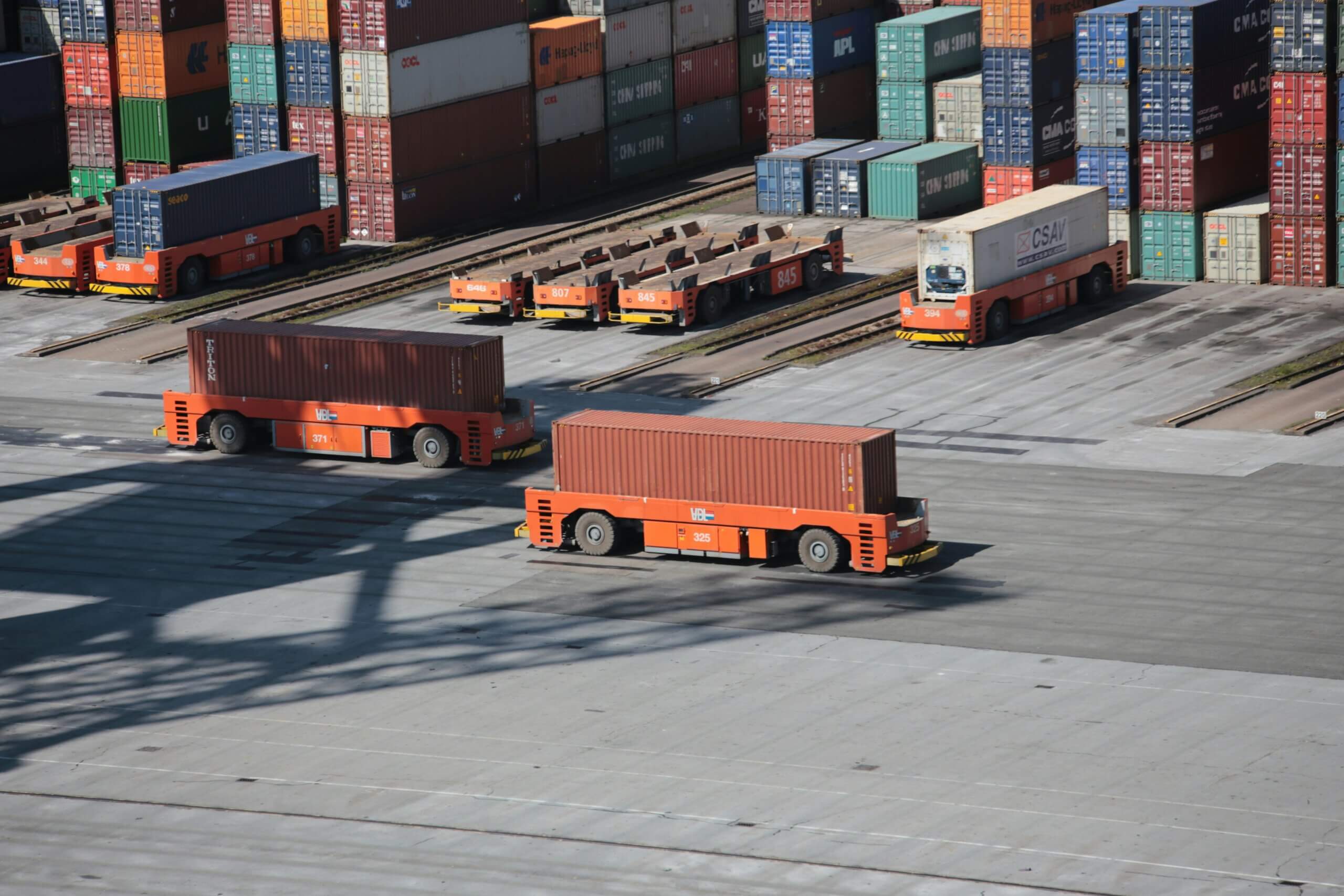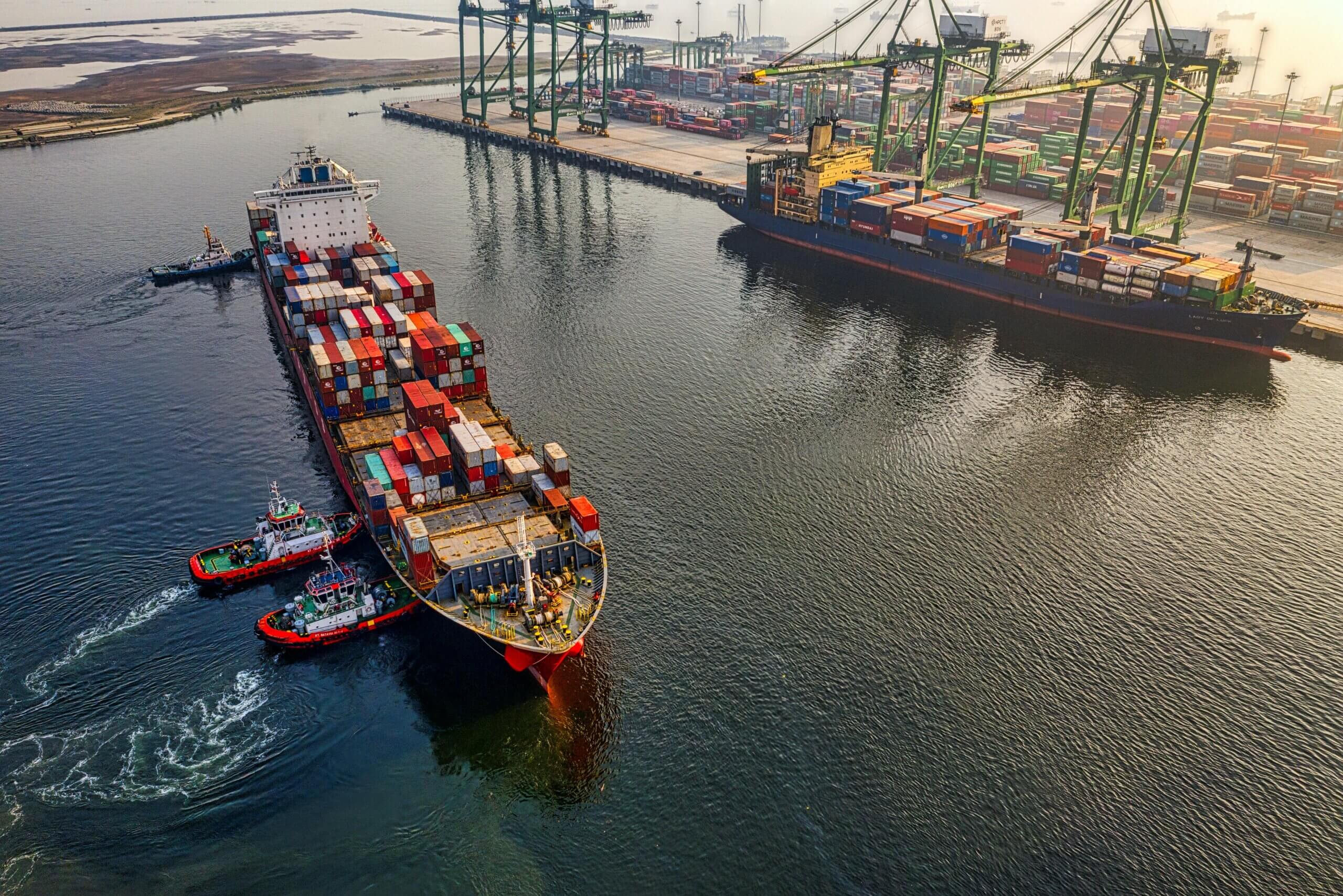As technology advances, it’s hard to keep up with all of the emerging innovations. Even the seasoned supply chain industry is inundated with new tech. To help supply chain leaders navigate the digital landscape, Gartner released The 2019 Top Supply Chain Technology Trends You Can’t Ignore report.
In the report, Gartner examines several technology trends impacting various aspects of the supply chain. The report focuses on trends that might not yet have a widespread reach but could potentially have a large and lasting impact on the industry.
While each tech trend covered offers unique benefits, there are a few overarching takeaways about the future of technology’s role in the supply chain.
1. The Pace of Innovation Is Increasing
Technology is changing faster than ever before. Gartner’s report explores a range of technologies, including artificial intelligence (AI), advanced analytics, the internet of things (IoT), robotic process automation, autonomous things, the digital supply chain twin, immersive experience, and blockchain. Each with the potential to impact the supply chain in numerous ways.
Until recently, the mainstream use of technologies such as AI, IoT, and blockchain seemed to be in the distant future. With these tech trends now on the horizon, they are seeping into various industries, including supply chain, in one way or another.
As the rate of innovation increases quickly and new tech becomes critical for businesses, organizations need to get comfortable with change. Because these technologies can impact your business approach, supply chain leaders should keep a pulse on the latest tech and take an innovative approach to operations.
With so many different tools and solutions, it can be overwhelming to determine what’s worth your time and what’s a fleeting trend. However, regardless of your role, technology cannot be ignored.
2. The Industry Needs to Think Long Term When It Comes to Tech
In the past, organizations have been able observe the results others see from trying new forms of technology before taking the leap. Companies can no longer take this wait-and-see approach without the risk of falling behind in the market.
Emerging tech is disrupting supply chain operating models and companies that find the optimal approach will gain significant efficiencies, resulting in cost savings and a competitive advantage. In the supply chain industry, these efficiencies and savings can be substantial. However, with many new solutions flooding a market that has traditionally maintained more manual processes, achieving an ideal technology strategy can be daunting.
In addition to finding the right solutions for your needs, organizations need to consider how they impact people, processes, and IT systems. To take these aspects into account, supply chain leaders need to look forward and think long term when it comes to their technology strategy.
3. Visibility Is a Prerequisite to Leverage Some of these Disruptive Technologies
As you create a supply chain tech strategy, it’s important to remember that reaching an automated and streamlined process is a journey. There are steps you can take to build a foundation. Visibility is one of these foundational steps that will allow you to gather data and help you understand your transportation processes.
As evident in Gartner’s report, many innovations require quality, real-time data to provide valuable and actionable results. One of the top trends that’s not possible without data is advanced analytics.
Analytics is a powerful tool that provides organizations with predictive and prescriptive insights. Predictive analytics takes data and anticipates what will happen, allowing organizations to react to circumstances in real-time and mitigate risks. Prescriptive analytics use the data to provide a recommended action. This level of insight into your data provides the information needed to make long-term optimizations to your supply chain.
This type of tech has become critical to supply chains because it allows organizations to increase efficiency and reduce costs. However, it’s not as simple as purchasing a tool. In order to successfully see the benefits of advanced analytics, you need to have data to analyze. Gartner recommends using visibility as a foundation. This will allow you to gain a full picture into your transportation processes.
Visibility that provides predictive ETAs will give you the information needed to proactively handle issues before they arise. Historical shipment data can be analyzed to investigate patterns and make process improvements. Without accurate and real-time data from a visibility solution, you won’t be able to gain the insights needed to make effective decisions.
4. Visibility Technology Is Already Going Mainstream
A few short years ago, visibility was considered an emerging technology. But it has evolved rapidly. Now, according to Gartner, it has moved into the early mainstream. With the numerous benefits visibility can offer, including reducing costs and improving customer experience, organizations are quickly adopting the technology and discovering how valuable it can be for their business.
Because real-time visibility data is critical to an efficient supply chain, visibility has become a standard part of the supply chain technology stack. As you start to incorporate emerging technologies into your strategy, consider how visibility will impact your processes and make sure to leverage a solution that provides you with the most accurate and real-time data that will set your organization up for success.



